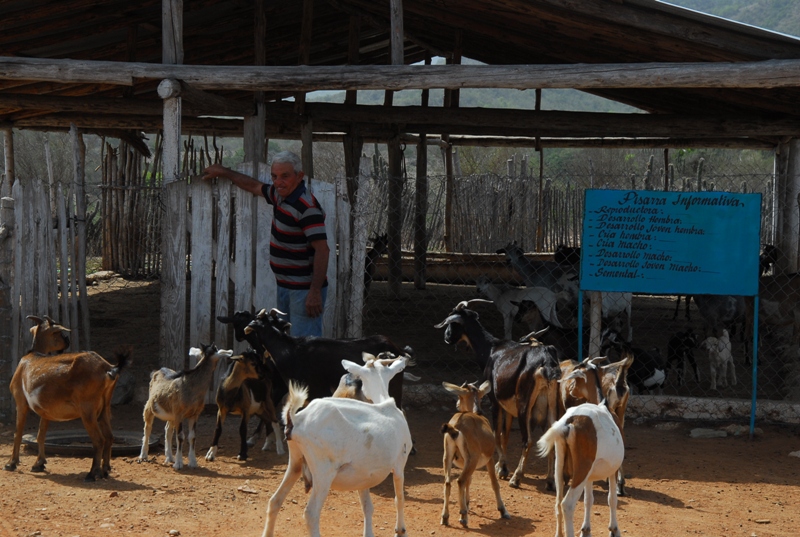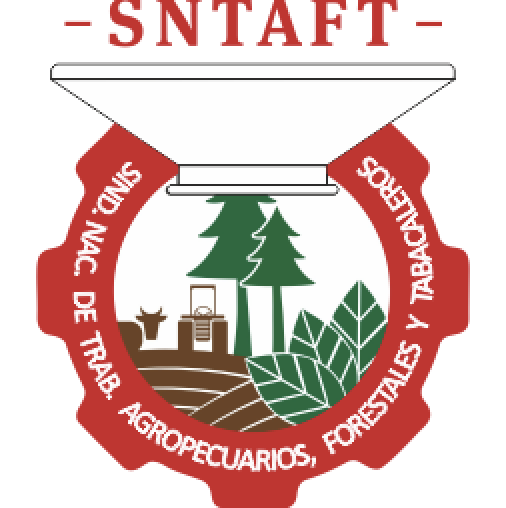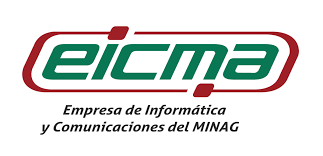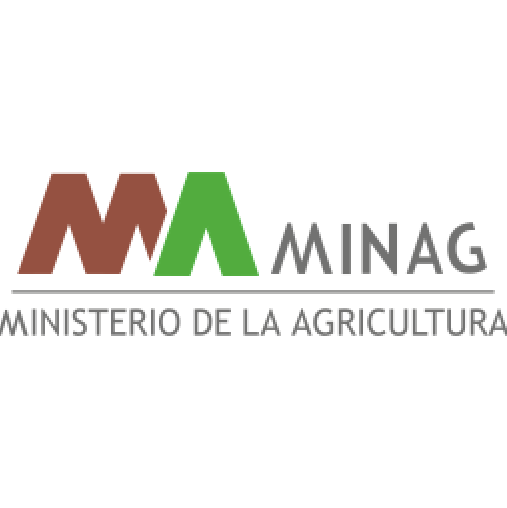GAF
Imias: Produce for everyone
With the implementation of the Municipal Self-Sufficiency Program, the productive forms established in the 24 communities of Imías must guarantee monthly agricultural food to their inhabitants and deliver the surpluses to the Collection Unit Business Unit, in charge of searching for other destinations, purposes that make it difficult the increasing drought.
More than 90 percent of the municipality's water supply sources, recognized among the most plagued by the scourge in Cuba, are dry, causing considerable damage to the spring planting and harvest season.
"Some 356 hectares (ha) of the more than 400 planted were totally or partially damaged, which, obviously, will have a negative impact on the fulfillment of the production plans," Geovanis Cabrera Matos, technical and development director of the Agroforestry company of the territory.
The manager assured that, despite the severe crisis with the water, this year they supplied an average of 25 pounds of food, grains, vegetables and fruits, out of the 30 planned by the Program, which also plans to deliver five kilograms of protein animal, progressively, every month.
According to the business manager, these productions (11.3 pounds of food, 10.5 of vegetables, 0.62 of grains and 2.57 of fruits) were sold in the State Agricultural Markets (MAE) and points of sale located in the different local settlements.
He specified that in order to cover the monthly agreed-upon figures, it is necessary to plant one hectare of cassava and another one of plantain for every thousand inhabitants, as well as 1.2 of sweet potato and taro, attending to the same proportion.
"For the time being," he assured, "the municipality has more than 400 ha of plantain - double the amount required - and enough sweet potato (33 ha) and malanga (45 ha) planted to self-supply these lines.
"The greatest difficulty occurs with cassava, of which 96 hectares are planted, but the purpose is to reach 280 to cover the population share (which is 76 ha) and dedicate the other part to animal feed and processing flour to replace imported wheat, if necessary.
Regarding vegetables, Cabrera Matos pointed out that, due to the intense drought, the planting of the planned areas of squash and beans is not fulfilled, while that of the rest is progressing, but with difficulties.
“The sowing of grains, beans and corn, is not fulfilled, both in the plain and in the mountains, where this year it has not rained, incredibly in July a little bit of water precipitated, which did not revive the rivers or the wells located in its surroundings "He stressed.
From saying to doing
A tour of the productive areas of Imías, located in the southern fringe of the Guantánamo province, known as the Cuban semi-desert, allowed us to see in situ actions undertaken by cooperatives and state agricultural collectives to boost food production, which is now so necessary in the post-stage COVID-19 living in the country.
In Cajobabo, a community chosen as a reference within the Self-Supply Program in the municipality, the farm of Antonio Matos García, usufructuary of the Julio Antonio Mella Credit and Services Cooperative (CCS), stands out for its sustained results.
The former FAR civilian worker, with eight years dedicated to agriculture, maintains in excellent condition his three hectares completely planted with plantain, pumpkin fruit with intercropped guava and cucumber, despite the drought and salinity that affects these lands, distant kilometer and a half of the marine coast.
"The secret is in dedication to daily work, the application of science and technique, and cultural attention to plantations: avoid weeding, timely supply of organic matter, fumigation with efficient microorganisms, Fitoma and MPK, foliar fertilizer, which It is very effective, provides nutrients and does not affect the fruits, "he explained.
"Thanks to these products, elaborated in their majority by Labiofam and of easy acquisition in commercial centers of the Agricultural Supply Company, the plantations remain vigorous and with high quality," he said, pointing to the fields.
The usufructuary, who must obtain 40 tons of plantain per ha and more than 100 of pumpkin fruit, in addition to large quantities of guava, benefited from two irrigation systems, one by drip and the other by micro-sprinklers, which allow them to efficiently use the little available water.
“They also assigned me a submersible motor with which I pump to the farm from a distant well, because the three located inside it are dry, like the river that passes in front of it.
"Every year the drought is stronger and much work is spent to cultivate the land," he said.




